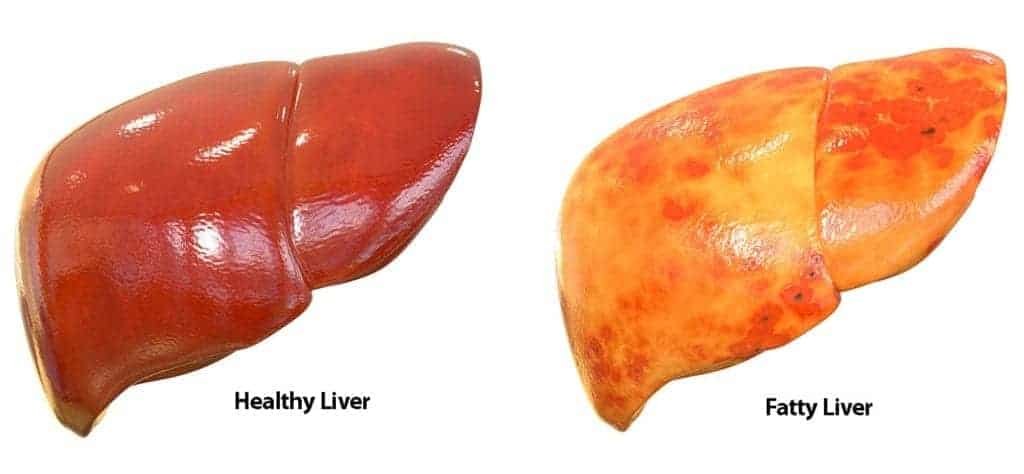=Non-alcoholic fatty liver disease (NAFLD) is a common condition that affects millions of people worldwide. It is a condition where excessive fat accumulates in the liver, causing damage and inflammation. Non-alcoholic steatohepatitis (NASH) is a severe form of NAFLD that can lead to liver fibrosis, cirrhosis, and liver cancer. In recent years, researchers have developed a scoring system, known as the NASH score, to help identify and manage NASH. In this article, we will explain what the NASH score is, how it’s calculated, and how it can help manage NASH.
What is the NASH Score?
The NASH score is a diagnostic tool used by doctors to assess the severity of nonalcoholic steatohepatitis (NASH), a type of fatty liver disease characterized by inflammation and damage to the liver. The score is also known as the NAFLD Activity Score (NAS) and is calculated based on a combination of three factors: the degree of fat accumulation in the liver (steatosis), the degree of inflammation in the liver (lobular inflammation), and the presence of liver cell damage or scarring (ballooning degeneration).
Each of these factors is assigned a score from 0 to 3, with a total possible score ranging from 0 to 8. The higher the score, the more severe the disease is considered. In general, a score of 5 or higher is considered indicative of NASH, while a score of 3 or 4 suggests borderline or uncertain cases, and a score of 2 or lower is considered unlikely to be NASH.
The NASH score is often used in combination with other diagnostic tests, such as liver biopsy, to help doctors diagnose and monitor NASH in patients. It can also be used to track disease progression and evaluate the effectiveness of treatments over time.
It’s worth noting that the NASH score is not a perfect predictor of disease progression or treatment outcomes, and should always be considered in combination with other diagnostic tools and patient information. If you have concerns about your liver health, it is crucial to speak with your healthcare provider to discuss your options for testing and treatment.
The NASH score takes into account four factors:
- Age
- BMI (Body Mass Index)
- Hyperglycemia (high blood sugar)
- Aspartate aminotransferase (AST) to alanine aminotransferase (ALT) ratio
The score is calculated using a formula that takes into account each of these factors.
The formula is:
NASH score = 1.676 × (age in years) + 0.020 × (BMI in kg/m2) + 0.357 × (hyperglycemia) + 1.121 × (AST/ALT ratio)
The higher the NASH score, the more severe the NASH is. A NASH score of 0 to 2 indicates mild disease, a score of 3 to 4 indicates moderate disease, and a score of 5 to 6 indicates severe disease.
How is the NASH Score Used?
The NASH score is primarily used to identify and monitor NASH in patients with NAFLD. It can help healthcare providers determine the severity of NASH and guide treatment decisions. For example, patients with a high NASH score may be referred for further testing, such as a liver biopsy, to confirm the diagnosis and assess the extent of liver damage.
The NASH score can also be used to monitor the progression of NASH over time. Patients with a high NASH score may require more frequent monitoring and follow-up testing to assess their response to treatment and monitor for disease progression.
NASH Score vs. Other Scoring Systems
There are several other scoring systems used to assess NASH, including the Fibrosis-4 (FIB-4) index and the NAFLD fibrosis score (NFS). These scoring systems use different factors to assess the severity of liver fibrosis and have been shown to be effective in identifying patients with advanced liver fibrosis.
In a study comparing the NASH score, FIB-4 index, and NFS, researchers found that the NASH score was the most accurate predictor of NASH and was better at identifying patients with advanced fibrosis than the FIB-4 index and NFS. However, further studies are needed to validate these findings and determine the most effective scoring system for managing NASH.
Conclusion:
In conclusion, understanding the importance of the NAFLD/NASH score is essential for anyone with a fatty liver disease. By utilizing this score, doctors can better diagnose and treat patients, leading to a greater chance of reversing the disease and improving overall health outcomes.
It is important to remember that the NAFLD/NASH score is not a perfect predictor of disease progression or treatment outcomes, and should always be considered in combination with other diagnostic tools and patient information.
If you have concerns about your liver health, it is crucial to speak with your healthcare provider to discuss your options for testing and treatment. With proper monitoring and management, NAFLD/NASH can be effectively managed and even reversed in many cases
Originally posted 2023-05-14 15:52:22.


